What You Need To Know About Combustible Cladding
In 2017, a horrific blaze at London’s Grenfell Tower killed 72 people and left many asking serious questions about the materials used in the building’s construction. Similarly, in 2014 a severe fire consumed 13 stories of the Lacrosse tower apartments, Melbourne, with apartment owners recently winning $5.7 million in damages from a lawsuit.
These and several other instances of high-rise building fires all had the same issue in common: combustible cladding.
Government reaction to combustible cladding
Certain metal composite panels and insulated cladding can be fire hazards, particularly in the case of high-rise multi-storey buildings. These high-rise fires have prompted a widespread analysis of building regulations by Australian federal and state governments, particularly around the use of combustible cladding.
In the aftermath of this critical look at the building industry, we think it’s important to share some information on what the presence of combustible cladding can mean for builders, vendors and home buyers alike.
What are the consequences for consults in building?
Due to the recent concerns around defective cladding being used in high-rise residential buildings, a new part 8B has been inserted into Local Government Act 1989 (Vic).
The new legislation, which came into effect in October 2018, allows councils to enter into a voluntary agreement called a ‘cladding rectification agreement’ (CRA). These three-way agreements are between the owner of rateable land (or owners’ corporation), lender, and council to fund cladding rectification works.
This updated agreement means that:
- The lender will advance funds to pay for any rectification works that need to happen in the building
- Councils can declare and levy a ‘service charge’ on the loan to recover the loan advance, interest and any fees associated with the levy.
Simply put, the lender loans the funds to an owner or owners corporation. Then the repayments are made in instalments over a period of 10 years or more, through the council rates system.
What are the vendor’s obligations?
The vendor is responsible for any arrears under the levy. They’re also obliged to disclose any cladding rectification agreement in a Section 32 Vendor’s Statement.
The current instalment will be adjusted between parties at settlement. The outstanding levy will then become the responsibility of the purchaser, as a charge on the land.
A purchaser can continue to pay charges via instalments, but purchasers will likely want to adjust the price they are prepared to pay. This is due to the outstanding cladding rectification levy that they will need to pay.
What should home buyers look out for?
If you’re a home buyer, checking for combustible cladding should be an essential part of assessing a new residence or investment property.
Explore some helpful tips from the Victorian Building Authority to ensure your safety and avoid buying into an apartment with major issues. Additionally, Cladding Safety Victoria provides helpful support and guidance to apartment owners and occupants who are concerned about their building’s cladding.
What does this mean for you?
Issues related to combustible cladding have increased the need to utilise expert home buyers. Our Industry Insider Property team can help you move into a new home that has been thoroughly checked for combustible cladding or any other safety risks.
With a property advocate by your side, you can feel at ease knowing that you’re starting the next chapter of your life in a home that’s risk-free.
Whether it’s a house, townhouse or apartment – Melbourne and surrounding suburbs – contact the Industry Insider team today at +613 8374 7652 or book a Zoom call here
https://calendly.com/propertychat/discussion-with-industry-insider
Industry Insider Property
Level 3, 489 Toorak Road, Toorak 3142
+613 8374 7652
+613 402 346 810
industryinsider.com.au



